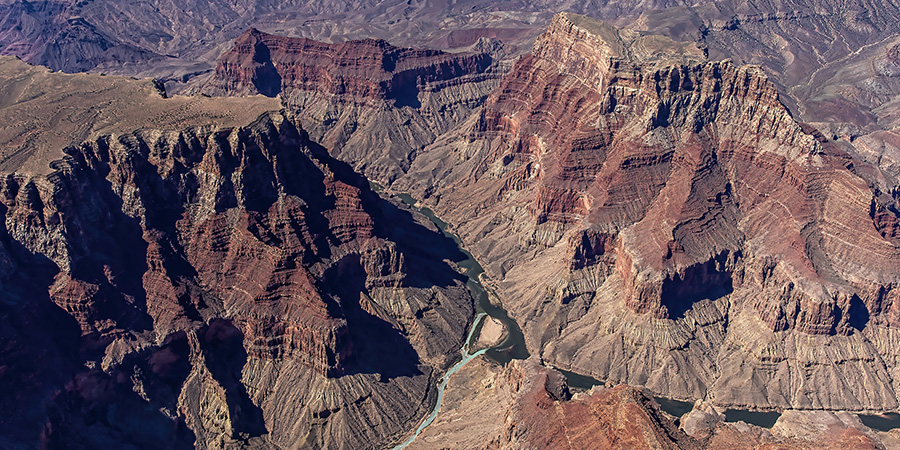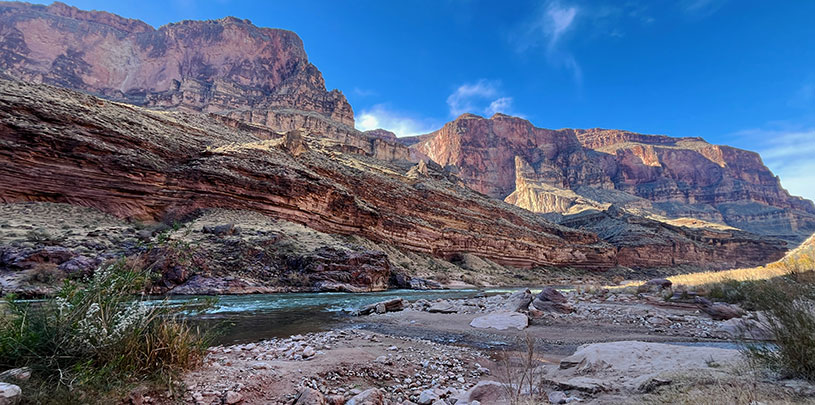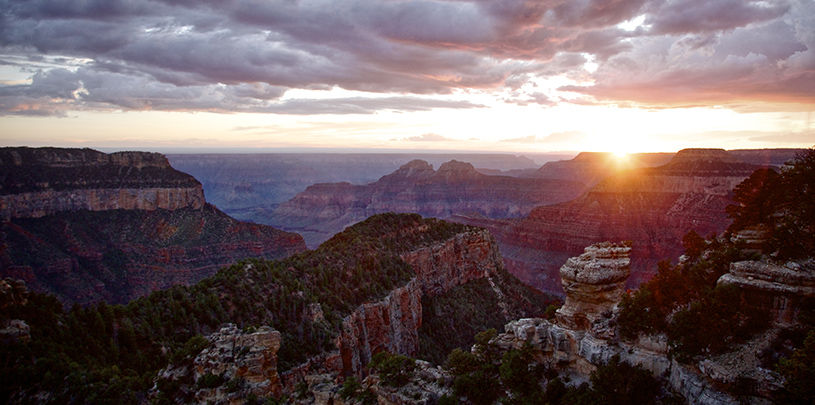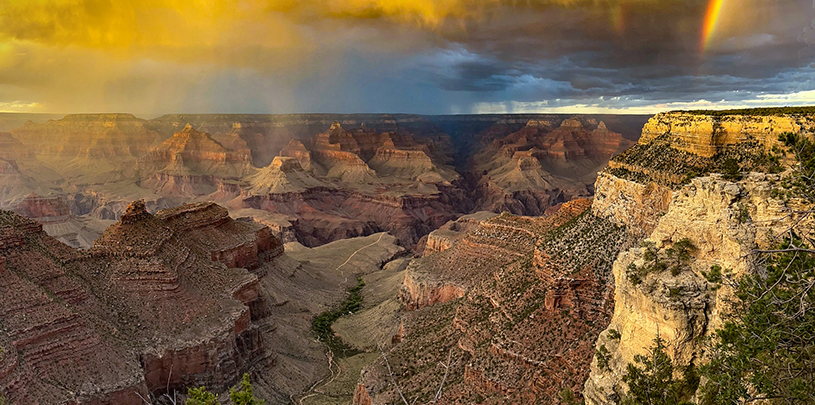
Some bad ideas never die — like damming the Grand Canyon or its nearby tributary canyons.
Pumped Hydro Storage LLC, a Phoenix-based firm, wants to build a 150-foot-high dam at the bottom of a 3,000-foot-deep canyon on Navajo Nation land within the Little Colorado River Navajo Tribal Park, less than a half mile from its boundary with Grand Canyon National Park.
If built, the dam would be part of a massive hydroelectric project that would summarily destroy the Little Colorado River, a place of solitude and spirituality.
Industrializing a place of prayer
The roar of hefty pumps would reverberate as they strain to lift millions of gallons of water from the lower reservoir to another dam on the canyon’s rim. Large metal pipes would return water from the upper reservoir to a concrete power house built at the base of the lower dam below. There, generators would spin and buzz while producing enough electricity to supply Las Vegas with half of its peak demand during a hot summer day. A lattice of steel scaffolding and towers would complete the canyon’s total transformation, stringing dense webs of high-voltage lines from river to rim to deliver low-cost electricity to cities that glitter in the distance.
All of this would be built in a rock slot tall enough to stack two Empire State buildings.
Native peoples have been passing through this corridor, where canyon wrens trill, since time immemorial. Their descendants among the Hopi, Navajo, and other Indigenous nations still return to gather salt and pray in the presence of ancestors.
An industrial cacophony would kill the quiet symphony of aquamarine waters cascading through travertine pools to the Little Colorado River’s confluence with the Colorado River.
A long administrative process
The preliminary permit would give the developer 36 months to evaluate the project’s feasibility, complete surveys, prepare cost estimates, and develop other plans for use in submitting a full licensing application to the Federal Energy Regulatory Commission (FERC) at an anticipated cost of approximately $5-$10 million.
If approved, the permit to determine the project’s feasibility would give Pumped Hydro Storage a preference when applying to FERC for a license to initiate the actual project.
The public has until November 16, 2019 to comment on the preliminary-permit application.
And if that weren’t enough, Pumped Hydro Storage has also applied to FERC for another preliminary permit to build a similar project five miles up the canyon, where the Hopi Salt Trail joins the Little Colorado River Gorge.
The public has until December 1, 2019 to comment on that project.
View in full screen (suggested for mobile)
FERC rarely denies preliminary-permit applications, but it is still worthwhile to let FERC, the developers, and potential funders know what you think of these proposals.
Who can stop it?
Strong opposition by the Navajo Nation may be enough to stop these projects in their tracks. The Hopi Tribe and united sovereign nations could further ensure that the federal agency would reject the applications due to insurmountable opposition by people who consider the entire Grand Canyon to be their spiritual homeland.
In a letter to FERC, the Hopi Tribal chair and vice chair recently wrote: “Any development within the area of Confluence will forever compromise the spiritual integrity of this Sacred Place. The Hopi Tribe and many other Southwestern Tribes including the Navajo Nation hold the Grand Canyon as a sacred place of reverence, respect and conservation stewardship.”
Irrevocable harm to this sacred place would not be the projects’ only toll. They would devastate the endangered humpback chub, an odd-looking fish that spawns in the Little Colorado River’s warm waters. The dams might not hold water, due to reservoir leakage in this specific reach of a deeply fractured and cavernous limestone canyon floor, as reported in a 1971 study by the Bureau of Reclamation. And millions of tons of mud carried in the Little Colorado’s annual floods from snowmelt and late-summer thunderstorms could bury the dams.
A call to action
Fifty years ago, citizens from across the nation and around the world defeated plans to build two dams in the main stem of the Colorado River. During that era, Navajo leaders also protected Marble Canyon and the Little Colorado River Gorge and surrounding plateau by establishing tribal parks. More recently, the Navajo Nation rejected a proposal to commercially develop the confluence, in part because of a compact between the Hopi and Navajo governments to protect culturally important areas like the Grand Canyon.
Any way you cut it, damming the Little Colorado River Gorge is a bad idea.




